Today we’re going to make things pretty simple. The most searched questions on the internet usually include this one: What is Bitcoin?
Understanding Money
First of all, let’s talk about money. At its most basic level, it is a medium of value. If you do some work for someone or provide a service, they will pay you in that currency so you can later buy something else of value.
History has recorded man’s use of different materials as money, from salt, wheat, and shells to gold. The most important thing is that people should be convinced that whatever form of money they are using is really valuable and that it will still be so when they want to exchange it later.
The Shift from Commodity Money to Fiat Money
For centuries, people would make use of real things—such as gold—as a means of exchange. But carrying gold got really awkward as civilizations expanded. Therefore, paper money was invented.
This is how that worked: banks or governments would store your gold but would give you paper notes representing the amount of gold you deposited.
These paper notes made transactions easier. You did not have to break a gold bar to pay for a cup of coffee; just hand over a bill. But over time, this link that paper money had with gold began to erode. Governments started reassuring people that these paper notes would be worth something—basically creating a system where people trusted the government’s promise.
This system is called fiat money, gaining its value from the government’s declaration.

What is Fiat Money?
Fiat comes from the Latin word meaning “by decree.” In simpler words, it means that dollars, euros, or any currency is valuable because the government says so. It’s categorized as “legal tender”—money that has to be accepted if tendered for payment.
The trust model then shifted to the government from physical commodities. However, all is not hunky-dory with fiat money. The disadvantages are:
- Centralization: Fiat money is controlled and issued by some central authority, such as a government or a central bank.
- Infinite Supply: Central banks can print money at will, which causes inflation and devalues everyone’s money.
Printing too much money will flood the market with it, thereby causing each dollar to lose its value. One of the signs that your money’s purchasing power is dropping is when you realize prices are going up. You may need more dollars to buy what you could once get for less.
The Evolution of Digital Money
Once fiat currency became established, it was an obvious step to move towards digital money. With some existing central authority, it made much sense to digitize money and let them track the ownership.
These days credit cards, online transfers, and services like PayPal are in everyday use. The amount of real cash in circulation is getting smaller year by year.

But here comes the question: if the money is digital, what is its actual mechanism of functionality?
If I do a digital file for a dollar, what is preventing me from getting unlimited copies?
Well, this double spending problem essentially solves itself, as banks solve it, seeing that they keep a centralized ledger— records of who owns what.
Challenges of Centralized Systems
Here’s the rub: if you allow anybody to control the money supply, then that really means you’re giving them a lot of power—also giving rise to lots of problems.
The power to create money gives incredible power to the banks, which often brings with it corruption and mismanagement. If the interests of the controlling authority don’t align with the public’s, poor decisions can be made; for instance, printing too much money hurts everyone.
Loss of Control: Suppose you put your money in a bank. You take the risk of losing some control over it. The government can freeze your account or deny you access to your funds at any time it deems appropriate, even if you are only using cash.
The Birth of Bitcoin
This remained the case until 2009 when everything changed dramatically. A person or group masked under the pseudonym Satoshi Nakamoto published a paper proposing a decentralized money, Bitcoin.
This new digital money wanted to remove the double spending problem without a central authority.
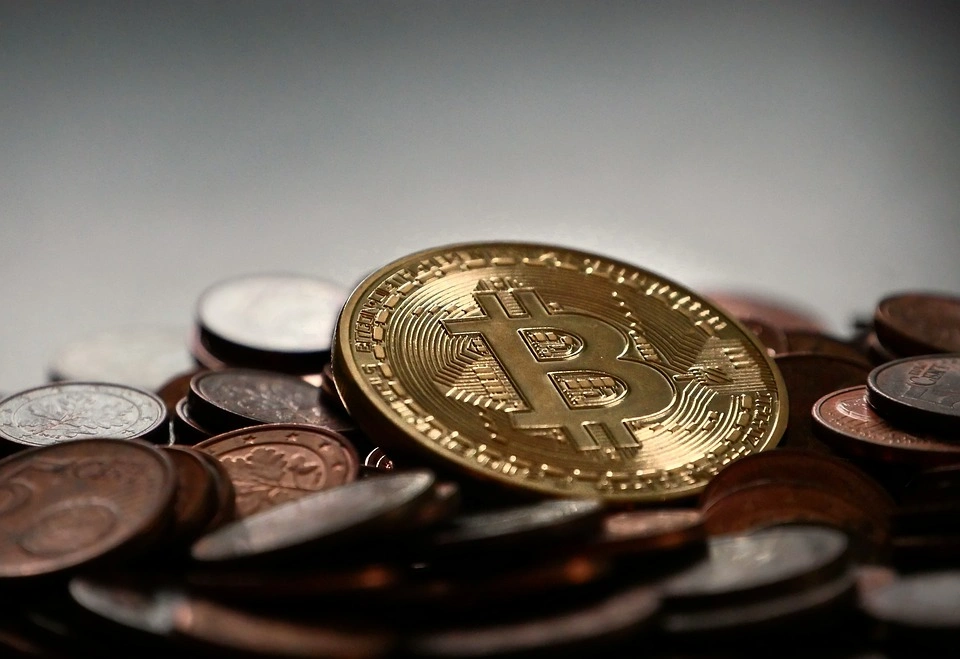
A Deep Dive into Bitcoin
By its very nature, Bitcoin is a completely open public ledger, devoid of central control.
Just consider this: banks, for instance, normally keep their ledger books private. Only the bank has complete access and authorization to those records.
With Bitcoin, however, everyone sees the ledger and can follow the transactions. While one can trace where money has moved to, the parties behind the actions remain private. Hence, Bitcoin is, in a way, semi-anonymous — it is transparent but helps protect user identity.
For example, there is this iconic moment when someone paid 10,000 Bitcoins for two pizzas way back in May 2010. By today’s standards, that would amount to over 660 million dollars (2024 August) on pizzas!
Besides, there is no centralized control. Every computer hooked to the network has a copy of the general ledger, which is called the Blockchain. A person would have to compromise thousands of computers all in one go in order to hack into the system.
Like all modern currencies, Bitcoin is digital. There are no literal coins—just information stored on the ledger. If you own Bitcoin, that means you have the rights to access a specific Bitcoin address and transfer the funds therein as you see fit.
Why Bitcoin Matters
Well, what’s the big deal? Well, because this is the alternative to our traditional financial system. For the very first time in history, we’ve got a form of money that no government or bank controls.
Before the Internet, information flowed in a centralized way. If one wanted news, they relied on a few major sources. With the advent of the Internet, information became as decentralized as it could possibly be. Bitcoin performs just this kind of decentralization for money.
Here are a few key benefits of Bitcoin:
- Total Control: You have exclusive access to your Bitcoin—no government or bank can freeze or take it away from you.
- Fewer Middlemen: Using Bitcoin may make it cheaper to transfer funds compared to traditional means of transactions, which often include a number of fees and delays.
- Increased Access: About 2.5 billion people worldwide either have no access to traditional banking services or have very limited access to traditional banking services. Bitcoin provides them with an avenue into commerce, just with a smartphone, and without the need for bank approval.
You can use it for booking flights and hotels, even shopping at local stores. Now, with Bitcoin debit cards, you can spend your Bitcoin balance nearly everywhere.

What makes Bitcoin special?
There are several groundbreaking properties of Bitcoin, which make it exceptional or different from all the other fiat currencies and past digital currency attempts.
The following are the key elements, which make Bitcoin a step apart:
Decentralization
Bitcoin works across a distributed peer-to-peer network, meaning that no central government, entity, or person is in control of the currency. This decentralization is the very essence of Bitcoin’s design, the one that makes operating without a central authority, such as a bank, feasible.
Instead, transactions are supported by a consensus mechanism involving a large number of independent parties, no one of which can manipulate and control the network.
In actual practice, this design sends a credibility and trust signal automatically to the users in the sense that the system will remain functional regardless of the externally caused undermining and crises towards centralized institutions.
Blockchain technology
Central to Bitcoin is the technology of the blockchain, a powerful distributed ledger system where all transactions will be openly remembered and immutably registered. The chain is a set of blocks, each bundle with a set of time-stamped, cryptographically secured transactions.
When the block is added to the chain, it cannot be changed or deleted, thus making it tamper-proof for a record of all activity. In other words, this transparency incorporates trust among users. Anyone can check transaction history, which substantially increases general accountability.
The decentralized characteristic of blockchain duly takes care of the fact that it is impervious to single points of failure or fraud, thus making it highly secure and strong compared to other conventional transaction systems.
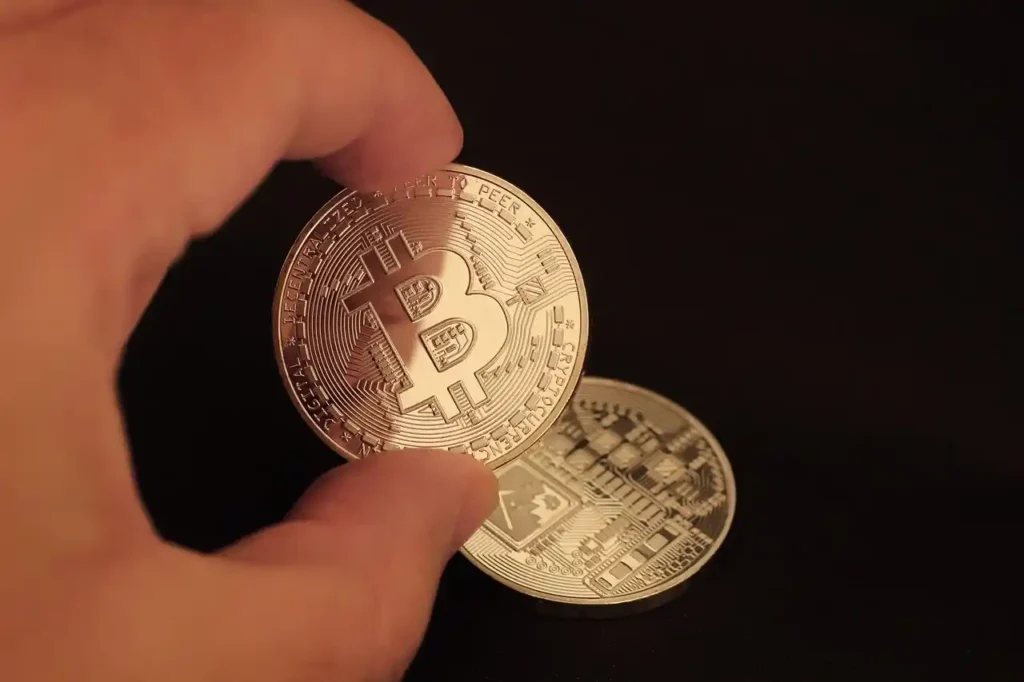
Security through Cryptography
Bitcoin makes use of advanced cryptographic techniques to ensure the security and integrity of the transactions. Each transaction is secured together with cryptographic signatures that give proof and authenticity, and a presumption of the need for the identities behind the transactions is not necessary. All these are well protected by fraud-proof security.
Miners, who have completed solving a mathematical problem, verify the transactions. This process of mining not only acts as a secure layer for the system but also provides incentives for miners to generate computational power over the network, thus making the network stronger and more robust.
Supply Limitation and Scarcity
That is one feature that defines Bitcoin. The supply of the Bitcoin currency is capped at 21 million coins. The Bitcoin protocol has this quantity fixed in stone by deliberate design, and that makes it a scarce asset, unlike fiat currencies, whose issuance is unlimited.
In that, the scarcity could easily drive demand further up; especially as more people look towards Bitcoin as a store of value, or, indeed, towards Bitcoin as an inflation hedge. Halving The rate of creation reduces as more coins are mined through a process called “halving” that occurs every four years.
This is an in-built feature to try and mimic the scarcity of precious metals by systematically reducing the creation of new coins, thus making it deflationary and attractive to real money believers and investors.

Pseudonymity
Although Bitcoin transactions are all recorded on the blockchain, the identities of parties involved in transactions are kept pseudonymous. Users transact at addresses composed of random alphanumerics rather than revealing their personal information.
And, of course, the privacy, according to Bitcoin, is several orders of magnitude larger than what is permitted, or even possible, inside the systems of traditional finance.
Nonetheless, although these kinds of transactions are traceable, Bitcoin holds property of pseudonymity, which paves the way for its legitimate use—use cases such as privacy-centric transactions and ill-purposes, which are majorly money laundering, are still under debate about their relevance being regulatory or not.
Programmable Money
Further, Bitcoin’s utility is up to what is usually referred to as “programmable money,” where smart contracts can be designed and then executed once certain conditions are met.
While Bitcoin cannot inherently run complex smart contracts like Ethereum, it serves as a foundational use case for further development in this area, which may be used for the relevant development within decentralized finance and the associated bases moving forward.
Uses of Bitcoin: The Practical Applications
With the increased momentum of Bitcoin in various industries, it presents quite a variety of practical uses today. If you’re looking to use this digital currency, here are some every day and influential uses:
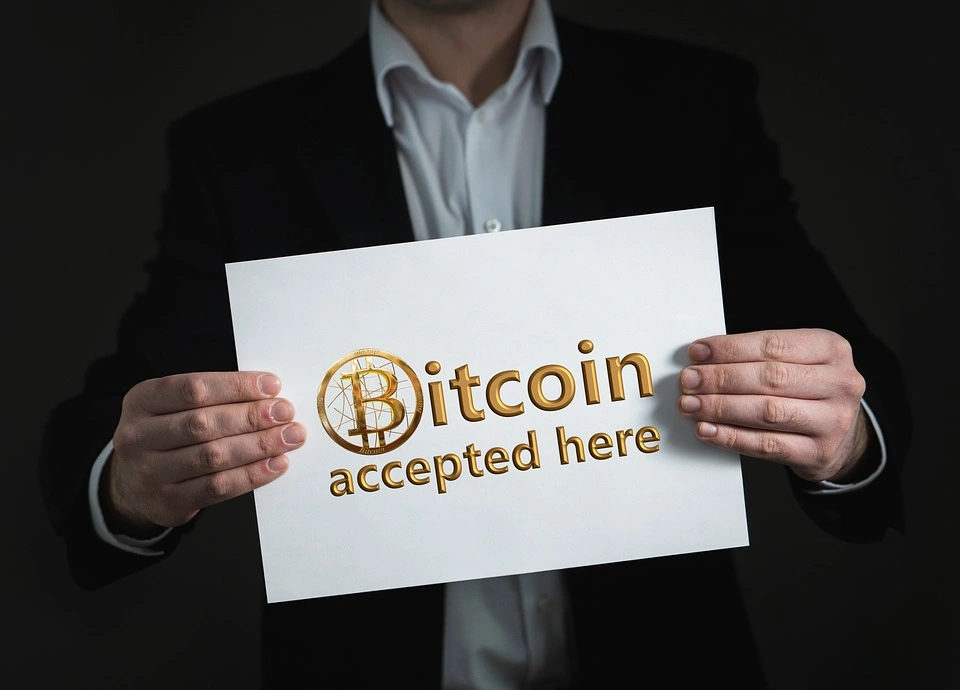
Payment for Goods and Services
Bitcoin is increasingly accepted by numerous online and offline merchants for payment. An increasing number of e-commerce websites, retail shops, and service providers do accept Bitcoin for payment. Overstock, Newegg, and Shopify are just a few of the platforms that have adopted it, and with this digital currency, one can buy everything from electronics to travel services.
Besides, many Bitcoin debit cards convert your Bitcoins into the local currency to be spent in everyday transactions anywhere that card payments are accepted. This shift provides greater flexibility to consumers and opens new avenues for vendors who seek to attract these tech-savvy customers.
Remittances and Cross-Border Payments
Bitcoin is cost-effective for remittances, especially when people are sending money across borders. Traditional remittance services charge high fees and often take several days. By using Bitcoin, one eliminates most of these intermediaries, thereby drastically reducing the transaction costs while catalyzing faster transfer times—usually in minutes.
In effect, this efficiency is very important to migrant workers who need to send funds back home for the sustenance of their families. Together with this, the fact that Bitcoin is borderless means users can be able to send and receive funds across the world without the inconveniences of currency conversion or even local banking regulations.
Investment and Wealth Preservation
It turned out to be a very popular investment tool for many, often referred to as “digital gold.” People began considering Bitcoin for insurance against inflation and economic instability since the finite supply acts as potential appreciation in value over time.
Institutional investors started looking at the value that Bitcoin could bring to their investment portfolios. It introduced products like ETFs, allowing traditional investors to access Bitcoin exposure through the regulatory markets.
Also, dollar-cost averaging strategies are held by retail investors by buying Bitcoin in increments over time to reduce volatility and hence take advantage of the price swings.

Charitable Donations and Fundraising
Bitcoin is getting increased adoption in the case of donation and fundraising in the philanthropic sector, and an increasing number of organizations have started accepting Bitcoins. The method not only provides a transparent and traceable contribution process, but it also helps immensely in reducing transaction fees, so more of your donations directly go toward the cause.
Non-profits, from The Water Project to the American Red Cross, have adopted Bitcoin for the ease of contributing from all around the globe. Notably, Gitcoin also uses Bitcoin to fund open-source projects—another instance of blockchain being able to provide funding for novel funding mechanisms across various causes.
Peer-to-Peer Transactions
One of the most beautiful facets of Bitcoin is to conduct peer-to-peer transactions sans centralized agents, like banks or payment processors. Any user can send Bitcoin to another directly and instantly, making transactions really fast and cheap.
Such an ability is extremely helpful in microtransactions where classic payment systems charge exorbitant fees. It is this direct exchange that allows people in areas with low banking services to conduct business and trade among themselves.
Without the financial middlemen, Bitcoin enables people to be in charge of their wealth and participate in their local economies much more easily.

Speculative Trading and Arbitrage
Beyond long-term investment alone, Bitcoin has also been a hotbed for speculative trading. Many traders buy and sell cryptocurrency like Bitcoin on cryptocurrency exchanges to make money off the swings in price during very short time frames.
In addition, if there is ever a chance of price discrepancies between markets, arbitrage opportunities—buying at a low price on another exchange platform—open up. All this active trading provides liquidity for, and thus price discovery in, the Bitcoin market.
Staking and DeFi Initiatives
While Bitcoin itself does not support staking as some other cryptocurrencies, including Ethereum and Cardano, do, it is also relevant to this fast-developing decentralized finance (DeFi) ecosystem in such a way that users are capable of leveraging their holdings in Bitcoin on platforms that have made it possible to borrow against one’s Bitcoin or contribute to liquidity pools.
This form of new finance can open up previously unimagined possibilities for using assets and capturing revenues without having to sell.
Looking Forward
Before wide adoption, there are still many problems ahead of Bitcoin. In future blogs, we will get into the inner workings of how Bitcoin works, mining, and setup of wallets, and much more.
It all started in 2009, though the revolution in how we look at money by no means is over. And if you found this information helpful, please don’t forget to share the blog!

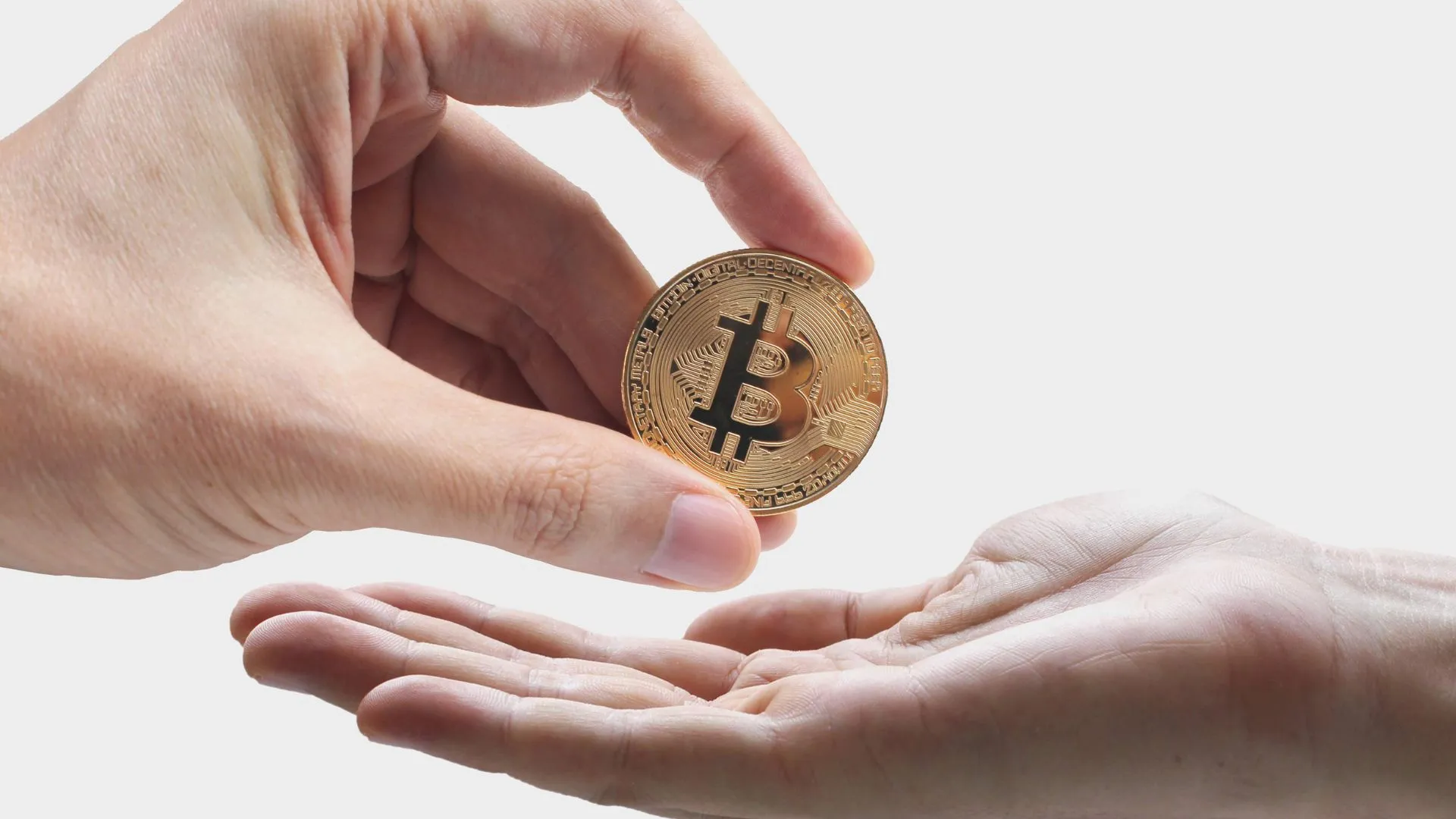
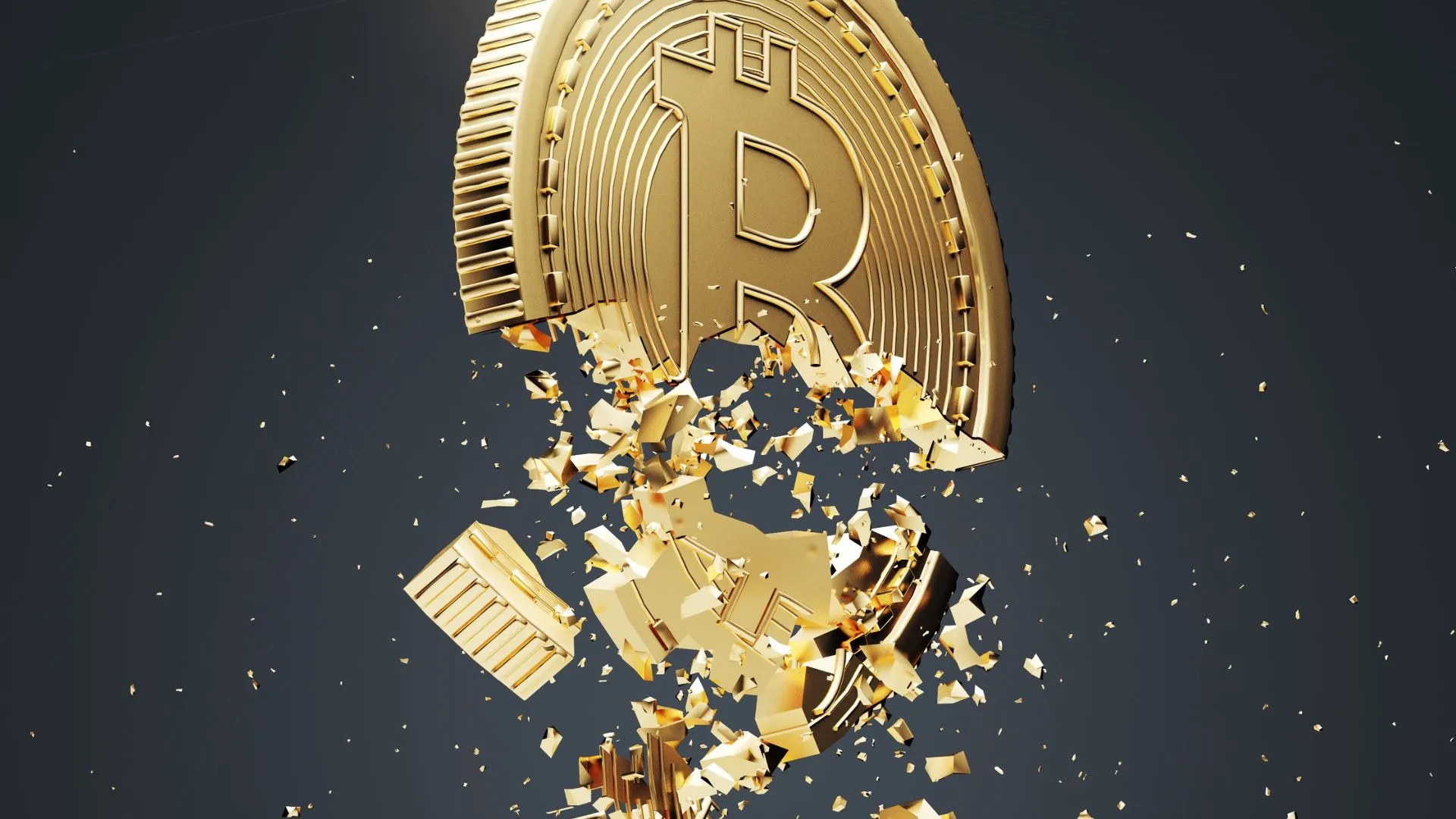
One reply on “What is Bitcoin? Simple Explanation”
[…] Bitcoin is a decentralized digital currency that operates without a central authority or bank. It was created in 2009 by an anonymous person or group known as Satoshi Nakamoto. Bitcoin uses peer-to-peer technology to facilitate instant payments, and transactions are recorded on a public ledger called the blockchain. […]